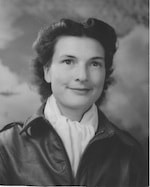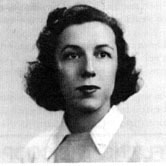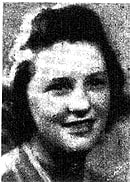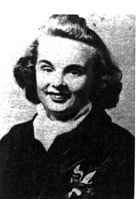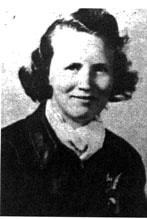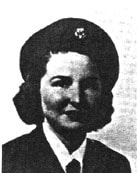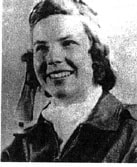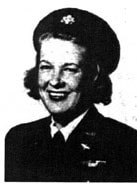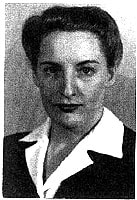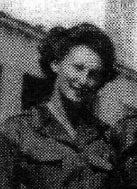| The following information was obtained primarily from the actual Army Airforce accident reports. Other data from Byrd Granger's, "On Final Approach", Marianne Verges', "On Silver Wings", Adela Scharr's "Sisters in the Sky Volume II - The WASP", Marion Stegeman Hodgson's "Winning My Wings", Sally VanWagenen Keil's "Those Wonderful Women in Their Flying Machines", and Doris Brinker Tanner's "Zoot Suits and Parachutes" were used where it seemed factual and in agreement with the accident report. |
| |||||
| |||||
| |||||
| |||||
| |||||
| |||||
| |||||
| |||||
| ||||
| WASPs were classified as civilians by the Army during their service to their country. When they were killed in service, the army only provided a pine box for the body. It was left to classmates, training staff, other military personnel, and Jacqueline Cochran to provide a cover for the box and to transport/escort the body home. |



